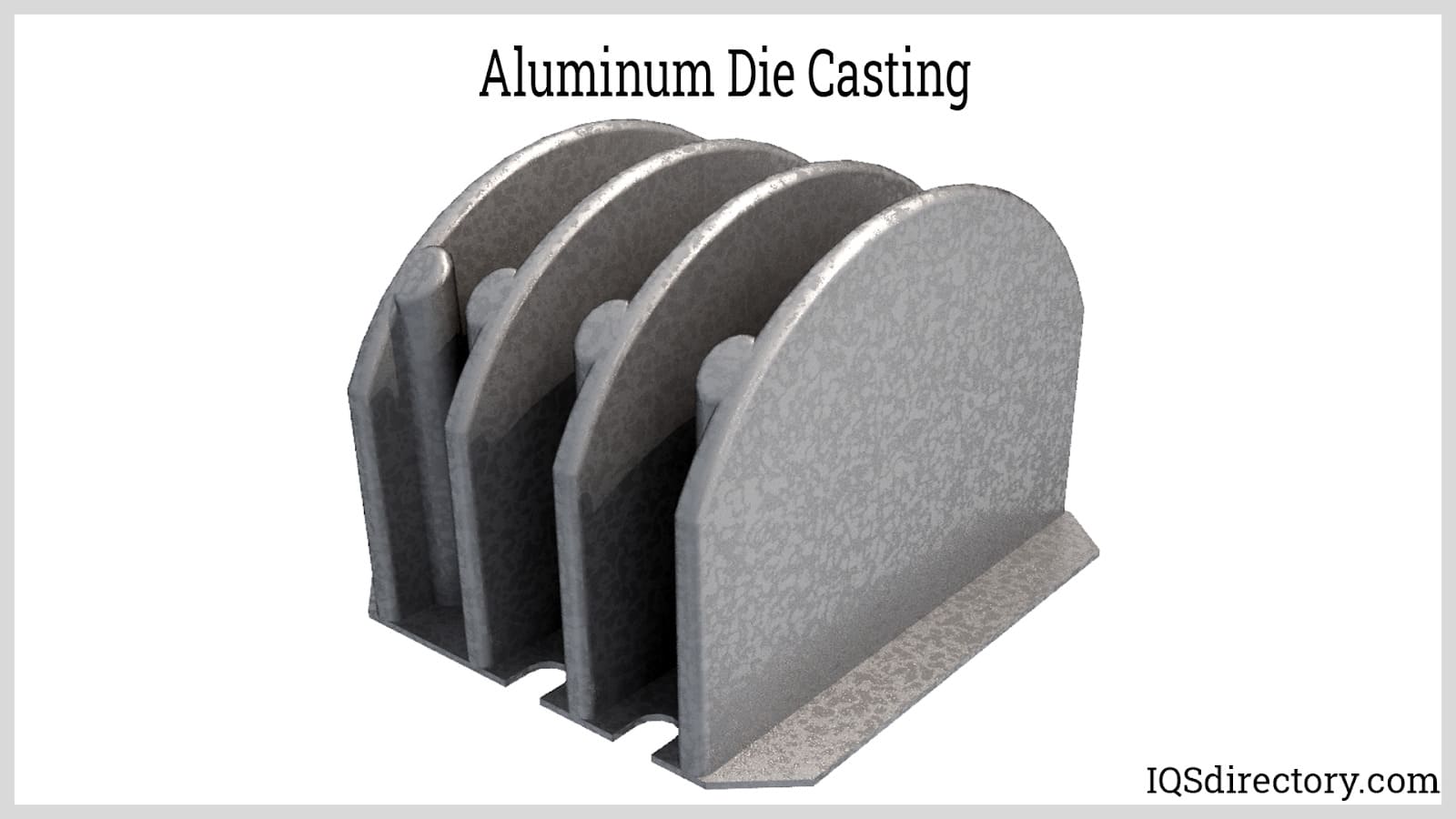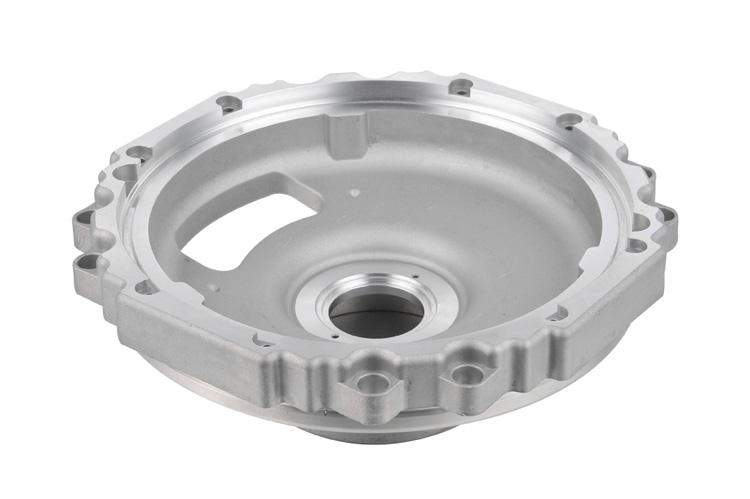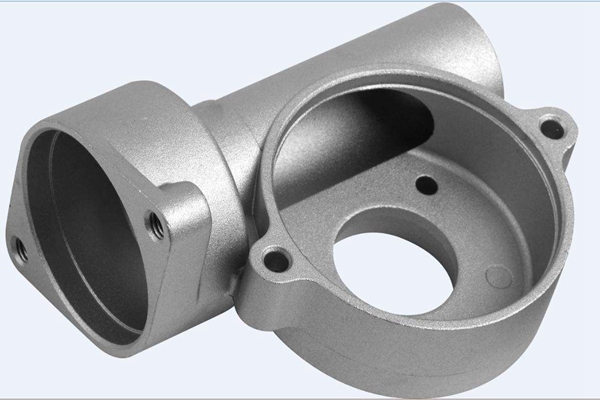Checking Out the Versatile Makes Use Of and Applications of Aluminum Castings in Modern Industries
Light weight aluminum spreadings have come to be essential to numerous modern-day industries as a result of their distinct properties. They use substantial advantages in weight decrease, thermal conductivity, and corrosion resistance. From automotive innovations to applications in customer items and construction, their flexibility is impressive. Yet, real extent of their impact expands beyond prompt benefits, hinting at broader effects for sustainability and performance. What exists in advance for aluminum castings in an ever-evolving commercial landscape?
Automotive Industry Innovations
The vehicle industry has significantly embraced light weight aluminum castings to boost automobile efficiency and efficiency. By using light weight aluminum, suppliers can create lighter elements, which add to improved gas economic climate and decreased emissions. Secret applications consist of engine blocks, transmission cases, and structural components, where the material's strength-to-weight ratio provides sturdiness without including excess weight.
Aluminum spreadings also provide superior thermal conductivity, which aids in much better warmth dissipation, thus boosting engine efficiency. Improvements in casting innovations, such as die casting and sand casting, enable the manufacturing of complicated geometries, enabling for innovative layouts that optimize space and functionality.
The recyclability of aluminum straightens with sustainability goals in the vehicle industry, promoting eco-friendly techniques. As the industry proceeds to introduce, using aluminum castings is most likely to increase, driving additional developments in vehicle layout and performance.
Aerospace Applications and Innovations
While the aerospace market continues to prioritize weight reduction and fuel efficiency, aluminum spreadings have actually become a crucial material choice for various applications. Their light-weight nature, combined with high strength-to-weight ratios, permits considerable enhancements in airplane efficiency and efficiency. Aluminum castings are frequently used in structural components, such as body structures and wing parts, where minimizing weight is essential.
Current advancements in light weight aluminum spreading technologies, including boosted alloy solutions and precision casting strategies, have additionally improved the product's efficiency capacities. These innovations enable the manufacturing of intricate geometries and intricate styles while keeping architectural honesty. In addition, light weight aluminum's exceptional rust resistance guarantees long life and reliability in extreme aerospace settings.
As the aerospace market progressively accepts sustainability, aluminum castings use a recyclable option that aligns with eco-friendly methods, making them a crucial aspect in the advancement of next-generation aircraft.
Durable Goods and Everyday Products
As customers progressively seek light-weight yet resilient products for everyday products, light weight aluminum spreadings have actually gained appeal in numerous durable goods. The one-of-a-kind properties of light weight aluminum, including its resistance to rust and outstanding thermal conductivity, make it an optimal choice for items like pots and pans, household home appliances, and outdoor gear. For example, light weight aluminum cast pans and pots offer even warmth distribution, improving cooking effectiveness. Furthermore, making use of light weight aluminum in products such as bicycle frameworks and luggage ensures a balance in between strength and transportability. Manufacturers value light weight aluminum castings for their convenience, as they can be conveniently molded right into intricate forms while maintaining structural honesty. Moreover, the ability to recycle aluminum without degrading its residential properties straightens with expanding customer preferences for sustainable products. Overall, aluminum castings are essential to the production of long lasting, practical, and cosmetically pleasing customer goods, fulfilling the needs of modern way of lives.
Construction and Architectural Uses
Aluminum spreadings have actually come to be an important part in building and construction and architectural style, specifically as a result of their stamina and lightweight nature. These residential properties make aluminum a perfect option for various applications, including architectural aspects, exteriors, and attractive attributes - Aluminum Foundry. Contractors and designers progressively use light weight aluminum spreadings for window frames, doors, and roof, improving both performance and visual appeals. The material's resistance to deterioration better expands its lifespan, minimizing maintenance prices and ensuring toughness in varied ecological problems
Furthermore, light weight aluminum can be conveniently molded into elaborate styles, enabling cutting-edge building expressions. Its flexibility assists in the development of personalized pieces that satisfy certain style demands, from elaborate railings to complicated supports. As sustainability becomes a top priority, light weight aluminum's recyclability includes to its appeal in green construction methods. Generally, light weight aluminum spreadings are changing the construction market by providing light-weight, long lasting, and aesthetically enticing solutions.
Electric and Electronic Components
Aluminum castings play an important role in the production of light-weight electric enclosures, which boost portability and performance in different applications. In enhancement, their excellent thermal conductivity makes them suitable for warmth sinks, guaranteeing peak performance and durability of electronic parts. Furthermore, aluminum's conductive residential or commercial properties add to its use in various electrical conductors, emphasizing its relevance in modern technology.
Light-weight Electric Units
Lightweight electric enclosures play an important duty in securing sensitive digital elements from environmental factors and physical damages. Constructed from aluminum castings, these enclosures are valued for their strength-to-weight ratio, making them optimal for different applications throughout sectors. Their lightweight nature help in reducing overall system weight, which is vital in mobile and mobile electronic devices. Aluminum's deterioration resistance enhances sturdiness, expanding the lifespan of the encased components. The capacity to mold and mildew light weight aluminum into complicated forms enables for customized layouts, dealing with particular needs while making sure reliable warm dissipation. In addition, these units can be conveniently incorporated into existing systems, supplying versatility and flexibility in contemporary technological atmospheres. Overall, lightweight aluminum enclosures greatly add to the performance of digital tools.
Warm Sinks and Conductors
While several products are utilized in digital parts, aluminum castings attract attention for their effectiveness in warm administration as heat sinks and conductors. Their exceptional thermal conductivity permits for reliable warm dissipation, which is vital in protecting against the overheating of electronic gadgets. Aluminum's light-weight nature further boosts its suitability for applications his explanation where weight is a significant variable, such as in aerospace and automobile sectors. Additionally, light weight aluminum spreadings can be quickly formed right into intricate forms, providing design adaptability for optimizing thermal efficiency. The deterioration resistance of light weight aluminum additionally adds to the long life and reliability of these elements in various atmospheres. As technology developments and tools end up being extra small, the demand for reliable warmth administration services, like light weight aluminum castings, proceeds to grow.
Marine Sector Utilization
The aquatic sector significantly depends on aluminum spreadings for their exceptional toughness and rust resistance. These properties make aluminum a suitable option for various applications, consisting of boat hulls, engine elements, and aquatic equipment. The light-weight nature of aluminum spreadings makes it possible for improved fuel performance and much easier maneuverability in watercraft, which is essential for both commercial and recreational vessels.

Light weight aluminum castings also supply considerable price advantages as a result of their long lifespan and reduced maintenance requirements, lowering the total functional costs for marine drivers. In addition, the adaptability of aluminum allows for intricate designs that can meet particular performance requirements.
Makers in the aquatic sector utilize advanced casting methods to generate intricate shapes, ensuring that elements fulfill rigorous safety and performance Source standards. As the demand for high-performance marine vessels expands, aluminum castings are positioned as an essential product in improving the capability and long life of marine tools.
Sustainability and Recycling in Aluminum Spreading

Aluminum Recycling Process
Recycling aluminum plays an essential duty in reducing environmental impact and preserving sources within the spreading industry. The light weight aluminum recycling procedure starts with the collection of scrap aluminum, which can include old parts, producing waste, and post-consumer items. This scrap is after that arranged, cleaned up, and shredded into small pieces to promote melting.
As soon as prepared, the aluminum scrap is melted in a heater at lower temperature levels than main aluminum manufacturing, greatly minimizing power usage. The liquified aluminum is then cast into ingots or other forms for reuse in numerous applications - Aluminum Foundry. This closed-loop system enables the efficient healing of aluminum, preserving its residential properties while decreasing the demand for virgin materials. As a result, the reusing process is an important element of sustainable techniques in light weight aluminum casting
Ecological Advantages
While aluminum casting plays a critical function in different sectors, its ecological advantages are specifically impressive relating to sustainability and resource preservation. The light-weight nature of aluminum adds to power performance in transport, decreasing fuel intake and emissions. In addition, light weight aluminum casting helps with using recycled materials, greatly reducing the energy required for production contrasted to primary light weight aluminum. This recycling procedure minimizes waste and lessens the environmental influence related to mining and refining raw materials. Moreover, aluminum is 100% recyclable without deterioration of its buildings, promoting a lasting lifecycle. By choosing aluminum casting, markets can substantially decrease their carbon footprint while advertising resource efficiency, making it a necessary choice in the pursuit of ecologically pleasant manufacturing methods.
Closed-Loop Solutions

Often Asked Questions
What Are the Key Advantages of Aluminum Castings Over Various Other Materials?
Light weight aluminum spreadings provide light-weight residential properties, exceptional deterioration resistance, and high strength-to-weight ratios. They can be quickly built right into complicated forms, supply great thermal and electric conductivity, and are economical, making them more effective over several alternative products.
Just how Is the Light Weight Aluminum Spreading Process Environmentally Friendly?
The light weight aluminum spreading procedure is eco-friendly due to its recyclability, low energy consumption, and minimized waste production. Its ability to utilize recycled materials lessens the carbon footprint, promoting sustainability within making techniques.
What Are Usual Obstacles in Light Weight Aluminum Spreading Manufacturing?
Typical difficulties in aluminum spreading manufacturing consist of keeping dimensional precision, taking care of thermal contraction, preventing problems like porosity and incorporations, guaranteeing appropriate mold layout, and optimizing manufacturing effectiveness while decreasing product waste and ecological effect.
How Do Aluminum Castings Contrast in Cost With Other Manufacturing Methods?
Light weight aluminum spreadings generally supply competitive expenses contrasted to various other producing approaches, particularly for tool to high-volume production. Their reduced first tooling expenses and effective product usage can cause desirable economics over time.
What Future Fads Are Anticipated in Aluminum Casting Technology?
Future trends in aluminum spreading innovation are prepared for to include improvements in automation, improved alloy make-ups, improved recycling techniques, and the assimilation of 3D printing, all targeted at boosting performance, reducing expenses, and decreasing ecological impact.
Recent improvements in light weight aluminum casting innovations, consisting of enhanced alloy formulas and accuracy spreading methods, have actually even more improved the product's performance abilities. Aluminum spreadings have actually ended up being an essential component in construction and building design, especially due to their toughness and lightweight nature. The aluminum reusing process starts with the collection of scrap aluminum, which can consist of old parts, manufacturing waste, and post-consumer items. As soon as prepared, the light weight aluminum scrap is melted in a heating system at reduced temperature levels than key light weight aluminum manufacturing, significantly minimizing power intake. Additionally, light weight aluminum spreading promotes the use of recycled products, substantially lowering the energy needed for production compared to primary aluminum.